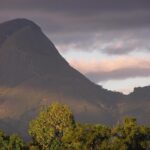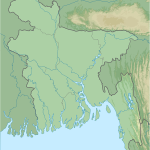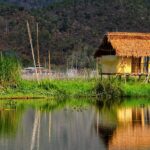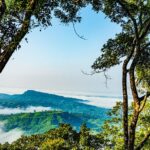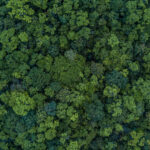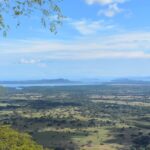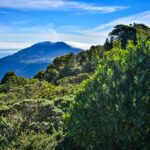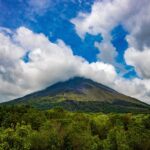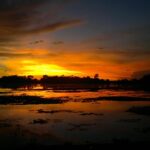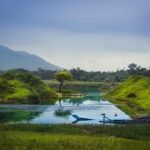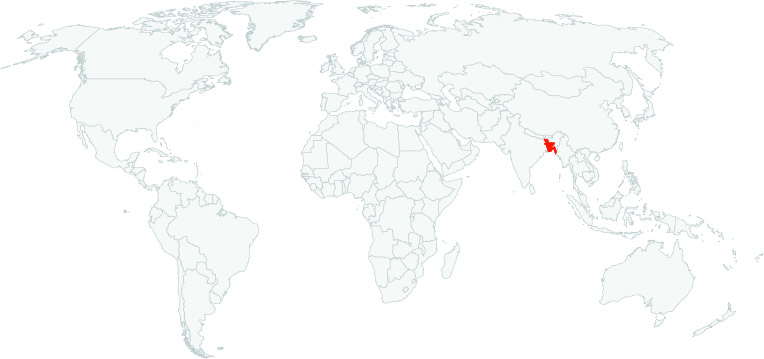
The global agarwood trade heavily depends on wild-harvested endangered tree species, despite international regulations for protection, with significant volumes going undocumented in official trade records, a new study reveals.
About 70% of the trade depend on Aquilaria filaria and Aquilaria malaccensis, both threatened species, sourced from the wild, raising major sustainability concerns. Meanwhile, there are some tree species that are not even covered by CITES, the global wildlife trade convention.
Due to discrepancies between CITES and customs data, along with weak enforcement and outdated regulations, researchers suggest the illegal trade is far larger than reported.
Researchers urge stronger monitoring, updated data, expanded species protection, and a shift to cultivated sources. They also call on consumers and wealthy importers to support conservation and governments to promote sustainable practices.
Bangladesh Forest Industries Development Corporation (BFIDC), under the Ministry of Environment, Forest and Climate Change, is tasked with extracting wealth from forests. Timber trees are still planted in the forests under a different arrangement, but clear felling has been prohibited since 1989. Under the pressure of legal and illegal logging, the forests have been terminally degraded. Rubber, teak, jarul, garjan, are sometimes available after seizures from trees that were being smuggled out of the forests, or got uprooted by the storms.
Tensions are rising along the Naf river border as the Arakan Army, a Myanmar rebel group, has seized another timber-laden trawler heading toward Teknaf Port.
Businessman Abdul Kader, an importer of the seized timber, said, “A boat carrying 35 tonnes of timber for me was taken by the Arakan Army while en route from Myanmar. I heard they are conducting a search, possibly due to false information. However, communication is ongoing with Myanmar’s traders and the rebel group. I have been informed that the boat will be released after inspection.”
The natural forest cover in Durgapur and Kalmakanda upazilas of Netrakona, adjacent to the Garo Hills of Mymensingh, is on the verge of disappearing due to decades of illegal logging and encroachment, alleged locals.
Data from the Divisional Forest Office in Mymensingh show that the forest area in the division once spanned over 71,000 acres, including 38,911 acres of reserved forest across Mymensingh, Jamalpur, Sherpur, and Netrakona. Over the past three decades, vast portions have been lost to illegal activities. In Mymensingh alone, 24,895 acres have been grabbed with similar losses in other districts.
- A move last year by the Bangladesh government to erase protections for a swath of reserved forest and award it to the country’s soccer federation for a training facility garnered outrage — but is only one example of how protected forests across the country continue to be degraded.
- The country has 51 protected areas that hold a combined 815,607 hectares (2.02 million acres) of forest meant to preserve biodiversity and wildlife, but state-sponsored development projects have emerged as one of the key threats to these conservation initiatives.
- In some protected areas, such as Teknaf Wildlife Sanctuary, it’s firewood collection and farming by local communities that are driving much of the deforestation, prompting calls for the government to come up with alternative fuel and livelihood sources that leave the forests standing.
- The government has implemented a co-management approach to conserve forests while providing sustainable benefits to communities, but experts say this needs to be reassessed as deforestation rates are higher inside protected areas than in the surrounding areas where it’s implemented.
Click here to access the Global Illegal Logging and Associated Trade (ILAT) Risk assessment tool and to download the Forest Trends User Guide describing the functionality of the ILAT Risk Data Tool.
Click here to access the Cattle Data Tool.

